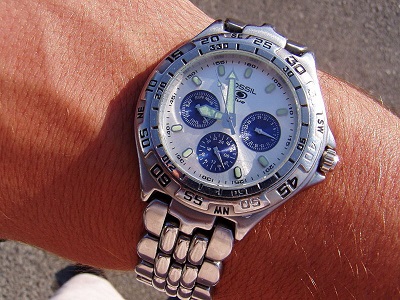Success in advertising over smartphones is beginning to require this vital component.
Although location based marketing may not be the entire issue when it comes to mobile, it is easily proving itself to be the most important factor over this channel, says a new report from Thinknear.
The company specializes in this area and is now claiming that it is vital to advertising success on smartphones.
General Manager Eli Portnoy of Thinknear, a mobile advertising firm that focuses on location based marketing, explained that “The phone is a portable device we carry in our pocket and is a part of what we are doing all day and every day. You have your phone with you when you are commuting, when you are at work, when you are seeing friends, when you go home. It’s ubiquitous. And you use it to interact with your world and what’s important to you.”
That said, Portnoy pointed out that many businesses forget how precise location based marketing can be.
He pointed out that many mobile marketing firms and advertisers forget that smartphones are an exceptionally portable device and that people take them along no matter where they go. This makes it possible for “very precise location capabilities.”
Using the geolocation technology that is built into the majority of smartphones, these days, can give companies the ability to better understand who their main customers actually are and what they typically do. This insight can be invaluable to being able to provide those consumers with just what they want, at the time that it is most relevant to them.
The main issue standing between companies and their ability to actually obtain accurate location data, which they can then use, is the same as the one standing in the way of the use of many other parts of the mobile marketing industry. While the technology is out there, it isn’t always possible to use it to capture the valuable data. Portnoy explained that “Users have to have their GPS on, give the app permission to use their location, have a clear line of sight to a GPS satellite, and so on.”
Therefore, not every impression will provide usable location based marketing data. However, there are ways around it and firms such as Thinknear appear to be able to help to provide strategies that will guide companies and show them the mobile ropes.


